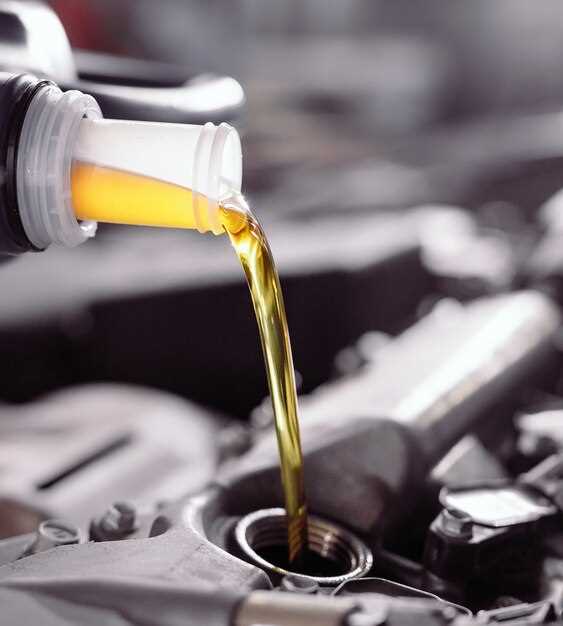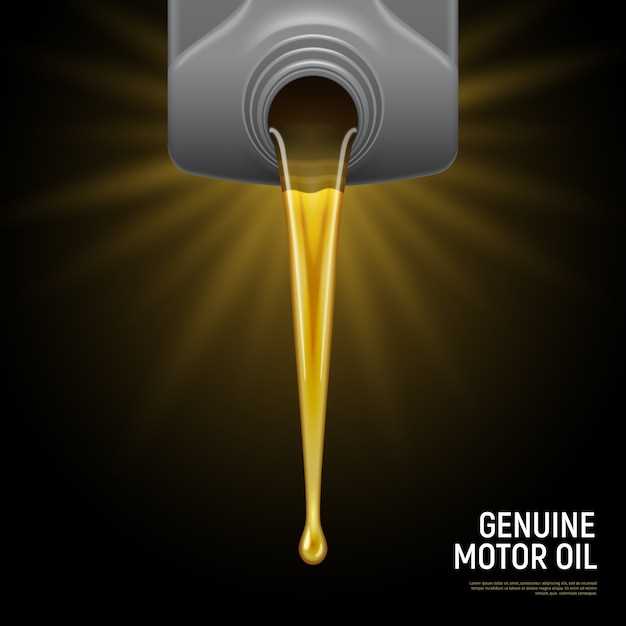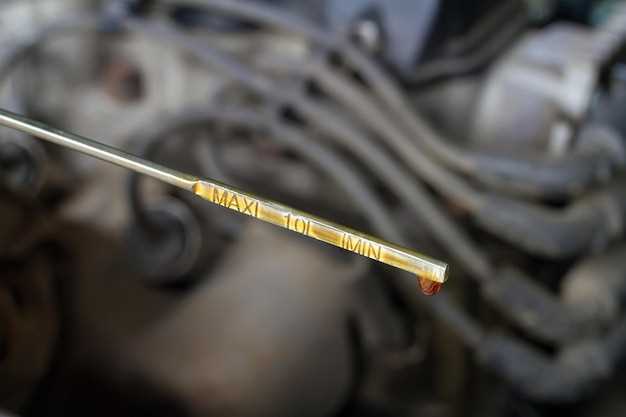
The issue of engine oil leaks in BMW vehicles can pose significant challenges for owners, affecting both performance and reliability. Understanding the root causes of these leaks is essential for maintaining the longevity of your engine. Oil leaks not only lead to a decrease in engine efficiency but can also result in costly repairs if left unaddressed.
Engine oil serves a critical role in lubricating moving parts, reducing friction, and maintaining optimal operating temperatures. When a leak occurs, it compromises these functions, leading to potential engine damage over time. Common areas where leaks are observed include the oil filter, gaskets, and seals. Identifying the source of the leak quickly is vital to mitigating further risks and restoring the health of your BMW.
This article will explore the various types of engine oil leaks prevalent in BMW models, along with practical solutions for diagnosing and repairing these issues. By understanding the signs of an oil leak and the potential fixes, BMW owners can take proactive steps to safeguard their vehicles and ensure smooth operation for years to come.
Common Causes of Oil Leaks in BMW Engines

Oil leaks in BMW engines can be attributed to several common issues, often linked to wear and tear or manufacturing defects. One of the primary causes is the deterioration of seals and gaskets, which can become brittle over time due to heat exposure and age. This degradation can lead to oil seeping out from various engine components, including the valve cover and oil pan.
Another significant factor is the failure of oil filters and plugs. A damaged or improperly installed oil filter can result in oil leakage, while a loose drain plug can allow oil to escape, particularly after an oil change. Regular maintenance and checks are essential to prevent such issues.
Additionally, high mileage BMW engines may experience problems with the crankshaft seal andCamshaft seal. These components are designed to keep oil contained within the engine but can wear down, allowing oil to leak out. Regular inspection of these seals is crucial for maintaining engine integrity.
Poor installation during previous engine repairs or servicing can also lead to leaks. If components are not correctly fitted or the wrong parts are used, this can create gaps where oil can escape. Proper diagnostics and repair techniques are critical to address this problem.
Finally, excessive engine pressure due to a clogged PCV (Positive Crankcase Ventilation) valve can cause oil to leak. The PCV system helps regulate pressure; if malfunctioning, it may force oil out through seals and gaskets. Addressing this system is vital for preventing leaks and maintaining optimal engine performance.
How to Identify and Diagnose Oil Leaks in Your BMW
Identifying and diagnosing oil leaks in your BMW is crucial for maintaining engine health and performance. The first step is to observe any signs of oil under your vehicle. A small puddle or spots on the ground can indicate a leak, and the location of the leak can help pinpoint the source.
Next, check the oil level using the dipstick. If the level is consistently low without any apparent oil consumption during operation, this may signal a leak. Regular monitoring of oil levels can provide early detection of issues.
Visual inspection of the engine bay is an essential diagnostic step. Look for oil residue around common leak points such as the valve cover gasket, oil filter, oil pan, and crankshaft seals. These areas often accumulate dirt and grime, indicating an oil leak.
If you notice oil on or around engine components, it is vital to determine whether the oil leak is consistent or intermittent. A persistent leak usually indicates a more serious issue, while a sporadic leak might suggest temporary problems or minor drips.
Utilizing a UV dye and black light can further assist in diagnosing leaks. Add UV dye to the engine oil, and then use a black light to trace the path of any oil leaks. This method allows for more precise identification of the leak source.
Lastly, if diagnosis feels overwhelming, consider consulting with a professional mechanic who specializes in BMW vehicles. They can provide a thorough inspection and recommend appropriate solutions to rectify oil leaks effectively.
Steps to Repair Oil Leaks in BMW Engines

Repairing oil leaks in BMW engines requires a systematic approach to identify and fix the issue effectively. Follow these steps for a thorough repair process.
1. Identify the Source of the Leak – Start by cleaning the engine area to remove any accumulated oil. After cleaning, run the engine briefly and observe for new oil seepage. Common leak sources include valve cover gaskets, oil pan gaskets, and oil filter areas.
2. Gather Necessary Tools – Collect all required tools, including wrenches, sockets, screwdrivers, a torque wrench, and a drip pan. Having a repair manual specific to your BMW model will also aid in understanding torque specifications and component locations.
3. Remove Obstructing Components – If the leak is coming from a difficult-to-reach area, you may need to remove certain components, such as intake manifolds or exhaust parts. Ensure you label any disconnected hoses or wires for easy reassembly.
4. Replace Gaskets and Seals – Inspect gaskets and seals around the identified leak area. Replace worn or damaged gaskets with new ones designed specifically for your BMW model. When installing, ensure they are fitted correctly to prevent future leaks.
5. Reassemble and Torque to Specification – Reattach any components that were removed during the process. Use a torque wrench to tighten bolts to the manufacturer’s specifications to avoid over-tightening, which can lead to further leaks.
6. Check for Remaining Leaks – After reassembly, run the engine and monitor for any signs of oil leaks. Inspect the previously problematic areas closely to ensure the repair was successful. It’s advisable to check the oil level and top it off if necessary.
7. Routine Maintenance – To prevent future issues, establish a regular maintenance routine. This includes checking oil levels frequently, monitoring for changes in engine performance, and periodically inspecting gaskets and seals.
By following these steps, you can effectively repair oil leaks in your BMW engine and maintain its performance and reliability.



